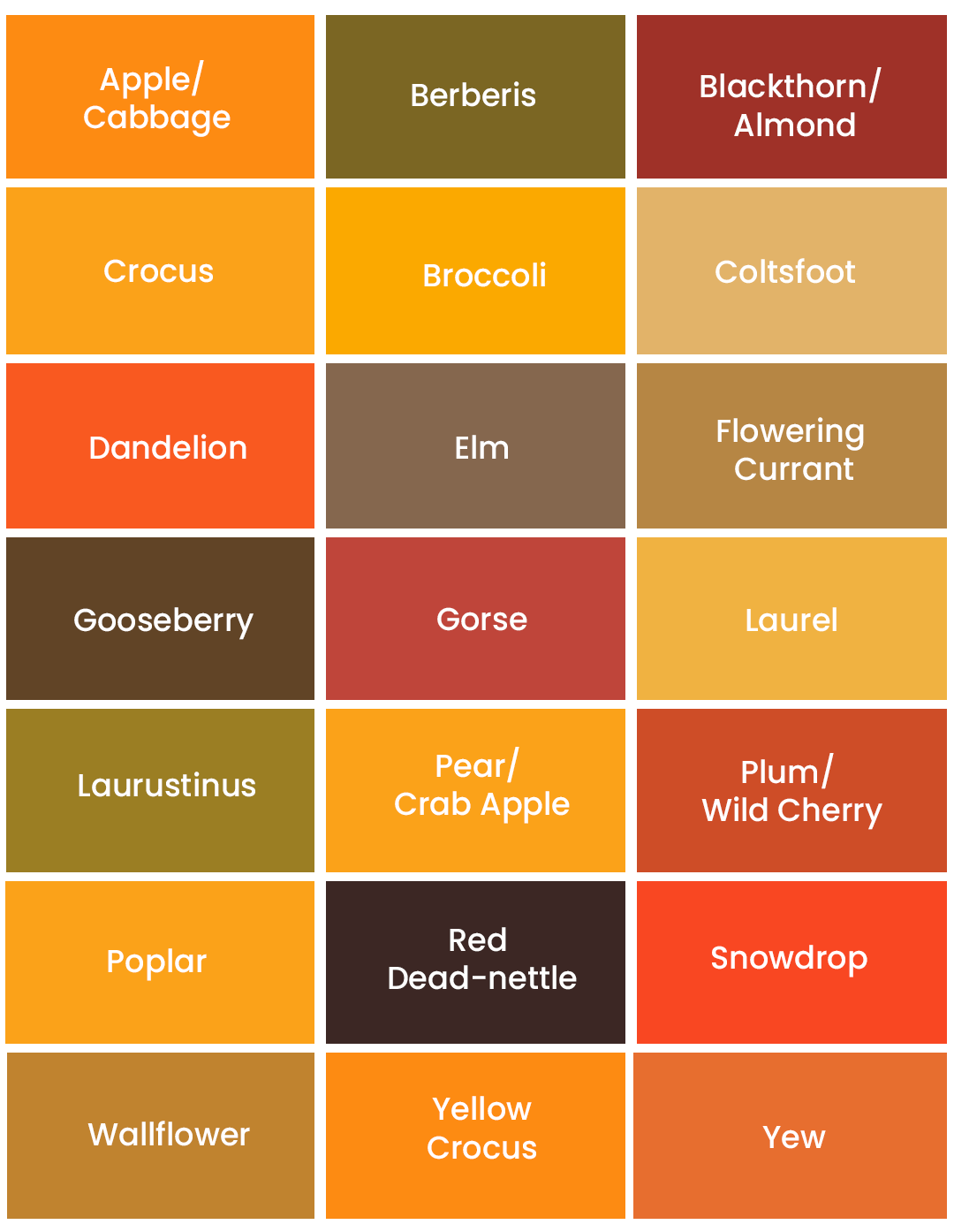The honey bee pollen basket
If you look closely at a female worker honey bee this time of year you might just catch a flash of colour on her hind legs.
As she forages for nectar and pollen, the worker bee utilises a specialised structure on her hind legs known as a pollen basket or corbicula. This concave area allows her to efficiently gather and transport pollen back to the hive.
Worker bee in flight back to the hive with a heavy load of pollen
When a worker bee visits a flower, she uses her mouthparts to extract nectar, while also inadvertently collecting pollen on her body. As she moves from flower to flower, the pollen adheres to tiny hairs on her legs and body.
The worker bee then uses her legs to transfer the collected pollen to the pollen basket on each hind leg. She moistens it with nectar and pats it on to the corbicula which has a single stiff hair which holds the pellet in place.
The remarkable adaptation of the pollen basket enables the worker bee to carry large and diverse pollen loads back to the hive. This pollen serves as a vital protein source for both the development of new brood and sustenance for the colony.
Sample Spring pollen chart
We can identify the flora from which she collected pollen by examining the pollen colour and then looking at a pollen chart similar to the example shared.
In essence, the pollen basket of the female honey bee is a marvel of evolution, allowing for the efficient collection and transportation of this essential resource for the hive's survival.


